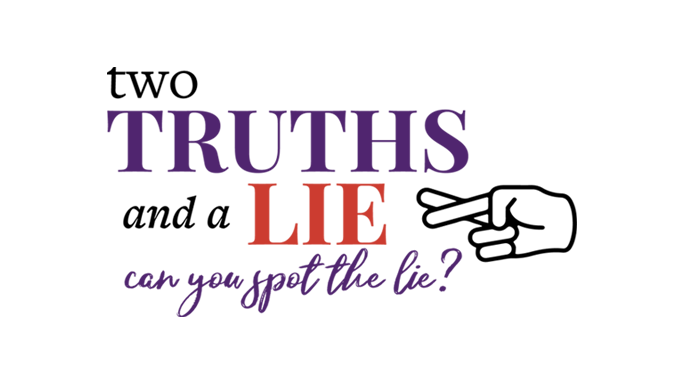Everyone loves the party game/icebreaker “two truths and a lie.”
The Administration just announced plans to reverse stricter efficiency rules for light bulbs that were scheduled to go into effect on January 1, 2020. Can you identify which of the following is NOT true about LED bulbs and the environment:
-
LED bulbs consume less energy than older types of older light bulbs such as incandescent and halogen bulbs.
-
Unlike LED bulbs, older bulbs contribute to a significant increase in the amount of artificial light produced on earth, which can have an effect on the environment as well as on humans and animals.
-
The Energy Independence and Security Act of 2007 set efficiency standards for light bulbs and sought to gradually phase out traditional light bulbs.
Let’s take these statements one at a time:
A. TRUE! Because LED bulbs generate less heat than other types of light bulbs on the market, they require less electricity and last longer than their competitors. While LED bulbs have higher upfront costs than other bulbs because they are more expensive to purchase, high-efficiency LED bulbs can also lead to savings in a family’s household monthly electricity bill.
In fact, many people in the U.S. have already switched to LED bulbs without government involvement. As technology has improved and demand for the product has increased, LED bulbs have become far less expensive (a 40-watt LED bulb cost $50 in 2011 and today it costs about $2), meaning that even more consumers will likely make the switch as the price continues to fall.
B. FALSE! Evidence suggests that the brightness in LED bulbs, which are significantly brighter than other types of bulbs, is contributing to what’s known as light pollution across the globe. One study found that the growing usage of LED lights led to a two percent increase in the amount of artificial light emissions produced every year for the past four years.
Excessive artificial light has been known to cause damage to the human eye and can make it difficult for drivers, especially those in urban places, to see while driving at night. It can also interfere with a person’s ability to sleep at night because it can have an effect on one’s circadian rhythm.
Too much artificial light can also lead to issues for wildlife, whose biological instincts and natural rhythms can be disrupted by too much light exposure.
C. TRUE! The Energy Independence and Security Act of 2007 set efficiency standards for light bulbs. Originally, the goal was to phase out traditional bulbs over time.
During his time in office, President Obama expanded the 2007 law to outlaw other types of bulbs, including three-way bulbs, decorative bulbs, and “rough service lamps.”
The Trump Administration recently announced plans to reverse the ban, which would have set stricter energy efficiency standards for bulbs starting in 2020. Proponents of the ban argue that LED light bulbs are better for the environment because they produce less greenhouse gas emissions. But even if every U.S. home had LED bulbs in it, it is unlikely that this would have a meaningful impact on the environment. In fact, researchers at The University of California-Irvine found that LED products contain lead, arsenic and a dozen other potentially hazardous substances, and that “low-intensity red LEDs exhibit significant cancer and noncancer potentials.”
Importantly, this move gives people more choice over how to spend their own money. If someone prefers to pay more for LED bulbs and lower their electricity bill, they have the option to do so. But if they need to pay lower costs upfront, they now have more bulbs to choose from with a minimal impact to the environment.

